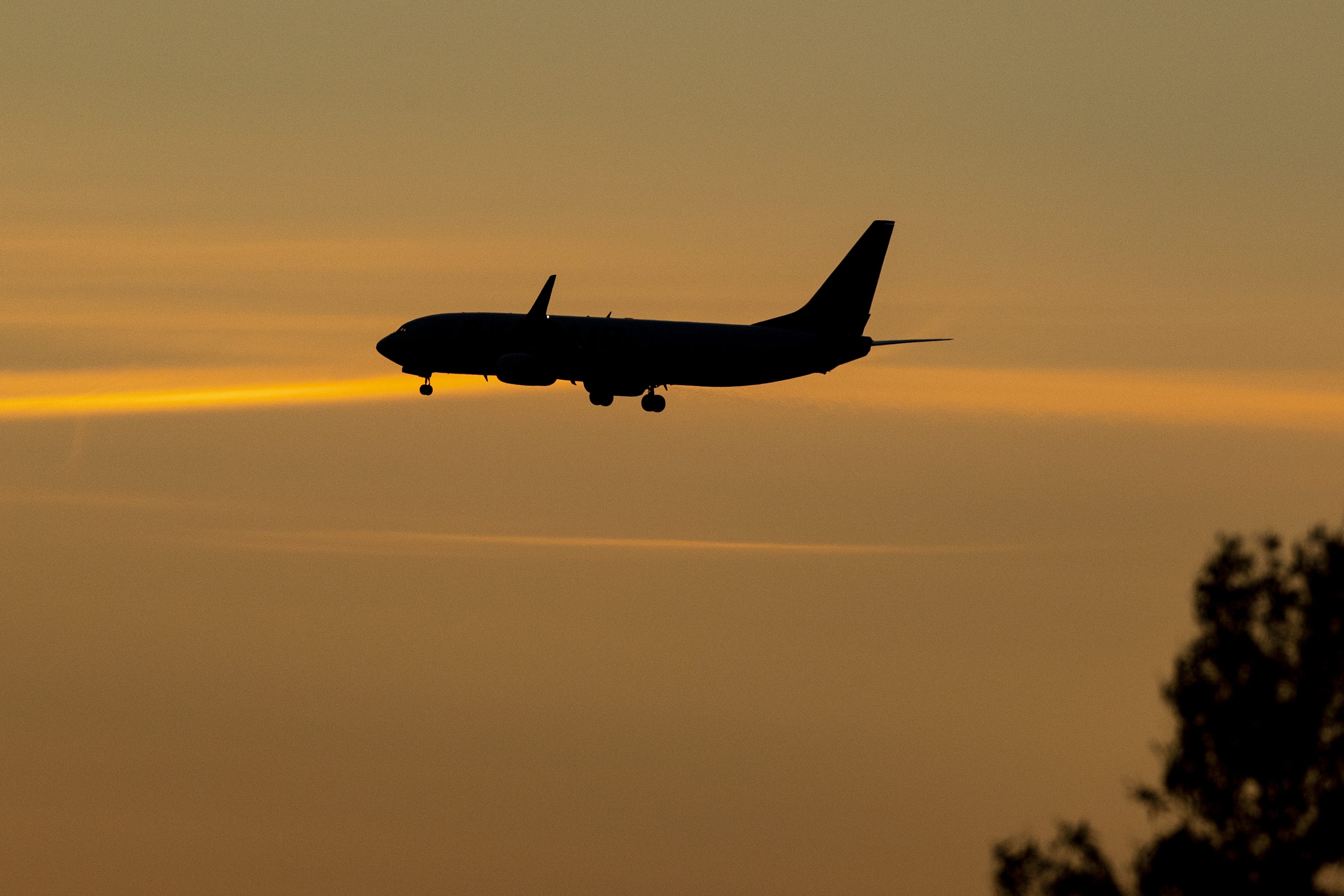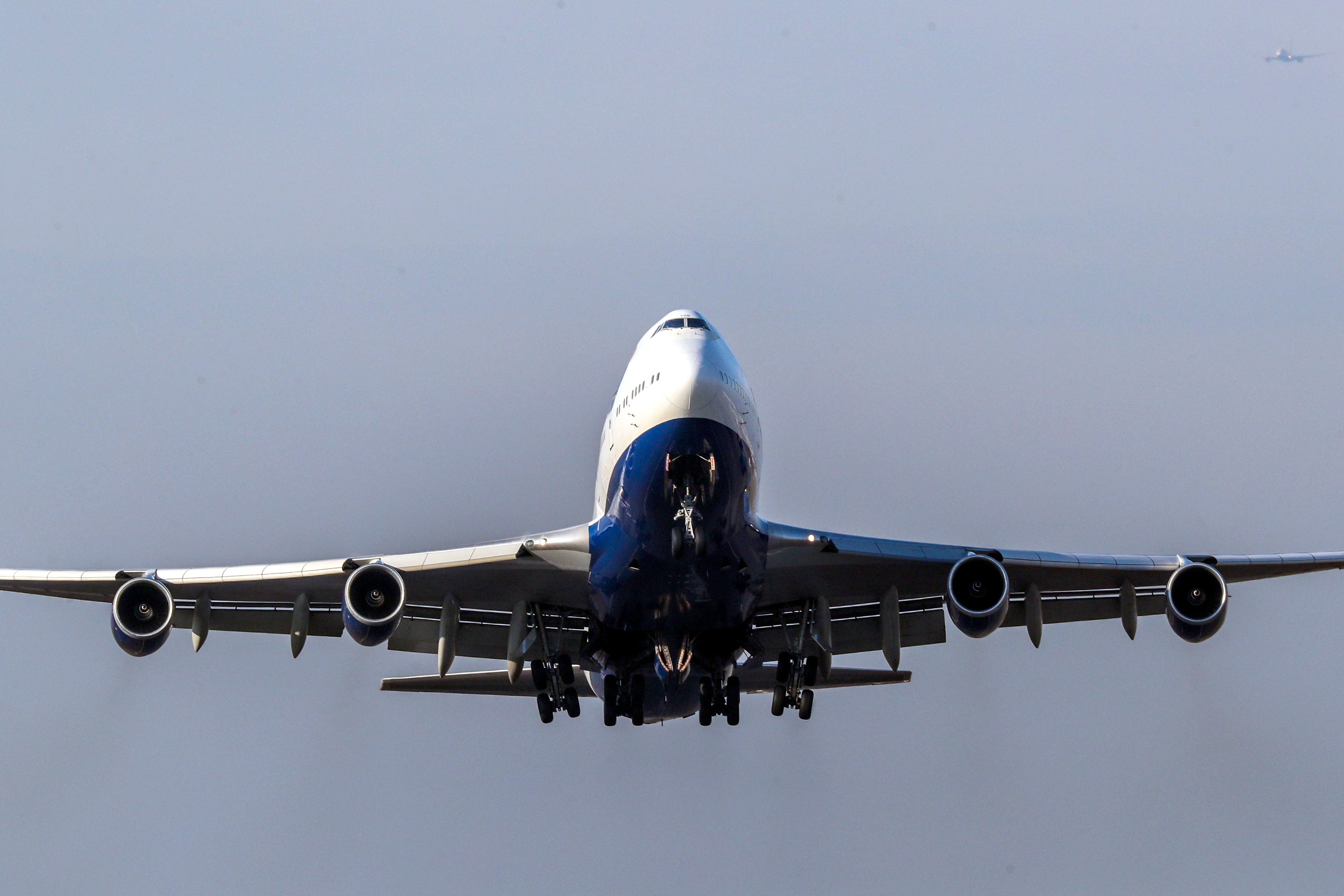The UK’s airspace is about to change forever
The changes could create quicker routes out of the UK

Plans have been revealed to modernise the UK’s outdated airspace in the hope to cut emissions and speed up routes.
The Department for Transport (DfT) said it has launched a consultation on a proposal to establish a UK Airspace Design Service, which would consist of aviation experts working with airports to improve the routes flown by planes.
The plans are in place to create a system that’s ‘fit for the future’ while creating quicker routes, easing delays and reducing harmful emissions.
The new body would start by reviewing London’s airspace, which is the busiest in the UK.
Much of how the UK’s airspace is used dates back to the 1950s, when there were fewer flights and aircraft navigated using ground-based beacons.
DfT officials believe enabling planes to use modern navigation technologies will boost efficiency, such as by reducing the need for aircraft to enter holding patterns before receiving permission to land at busy airports.
Aviation minister Mike Kane said: “UK airspace is one of the nation’s biggest invisible assets, but it’s been stuck in the past – a 1950s pilot would find that little has changed.
“Our once-in-a-generation creation of a UK Airspace Design Service will not only drive forward airspace modernisation and create a system that’s fit for the future, but it will help create quicker routes, ease delays and reduce harmful emissions – making air travel a better experience for all.”

Last month, easyJet, the UK’s biggest airline, said inefficient use of airspace contributes to increases in fuel consumption, carbon emissions and flight times.
The carrier described the problem as a “universal issue” across the whole of Europe, but said the “greatest inefficiencies” for its operations are in the UK.
Among the impacts are aircraft being required to climb in steps after take-off, complex routing, and delayed descents to manage the workload of air traffic control (ATC) staff.
EasyJet published the results of an AI-based study that found airspace inefficiencies increased its CO2 emissions in the year to the end of July by 10.6%.
Rob Bishton, chief executive of regulator the Civil Aviation Authority, said: “Modernising our airspace is crucial to delivering a more efficient, sustainable and resilient system.
“The proposals we’ve outlined today set out the next steps in our ongoing efforts to progress the modernisation of UK airspace.
“This builds on the important work already done across the industry towards a more streamlined, sustainable airspace system that benefits passengers, airlines and local communities.”
The consultation runs until December 17.
Martin Rolfe, chief executive of ATC provider Nats, said: “Any initiative that can help speed up the modernisation programme for UK airspace is very welcome, especially in London and the South East.
“It is some of the busiest and most complex airspace in the world with take-offs and landings at five major airports and several smaller ones.
“This is the next big step in modernising UK airspace following the work we have already completed in other parts of the country and we welcome the Government’s consultation on how best to deliver it.”
Bookmark popover
Removed from bookmarks